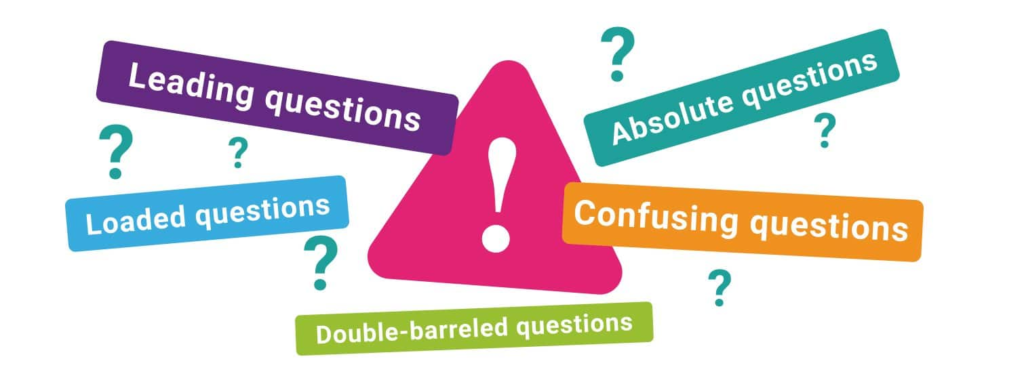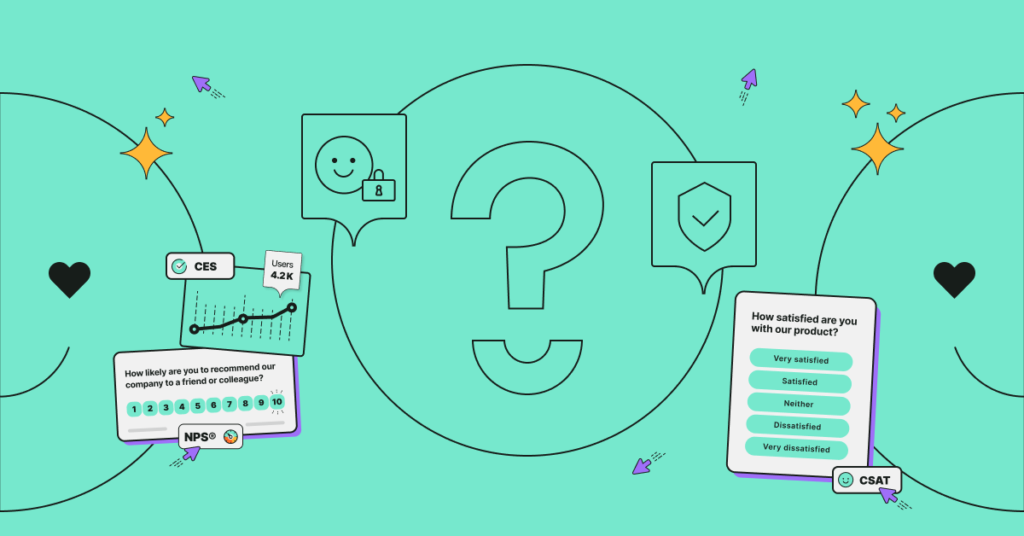Surveys are now crucial for getting information from various participants, including thoughts, opinions, and facts. However, there are some circumstances where maintaining anonymity is essential to promote sincere and open responses. An anonymous poll can allow people to express their opinions without worrying about criticism or retaliation. In this blog article, we’ll look at three key suggestions for designing an efficient anonymous survey and analyze the situations in which doing so is most appropriate.
Tip 1: Crafting Thoughtful and Unbiased Questions

The creation of thoughtful survey questions is the cornerstone of any successful study. Writing objective, unambiguous, and non-leading questions is crucial while conducting anonymous surveys. Participants should feel free to answer honestly without worrying about disclosing their identities. The following is how to do it:
1.1 Avoid Leading Questions
Leading questions may unintentionally persuade respondents to provide a particular type of response. Instead, choose language that conveys the subject objectively without imposing any bias. Consider the differences between the leading and neutral questions “What are your thoughts on the new policy?” and “Don’t you agree that our new policy is beneficial?”
1.2 Use a Mix of Question Types
When it comes to question kinds, variety is crucial. Use multiple-choice, Likert scale, open-ended, and ranking questions to collect participants’ opinions on various topics. This variety ensures you get thoughtful and thorough comments, which helps you understand the subject more completely.
1.3 Pilot Testing
Conduct a pilot test with a small group before releasing the survey. This makes it easier to spot unclear or ambiguous questions that prevent participants from offering truthful responses. Based on the comments collected at this step, modify the survey to make it clearer and more efficient.
Tip 2: Ensuring Participant Anonymity and Data Security
One of the main goals of adopting an anonymous survey is to foster a climate where participants feel comfortable sharing their opinions without worrying about the consequences. Strong procedures must be put in place to guarantee participant anonymity and data security to do this.
2.1 Explain Anonymity and Confidentiality
Introduce the survey in a way that makes it apparent how anonymity will be preserved and ensure respondents that their comments will be kept private. Give details on who will access the data, how it will be used, and how long it will be kept. This openness fosters trust and promotes more truthful responses.
2.2 Avoid Collecting Identifiable Information
While designing the survey, avoid gathering personally identifying information (PII), such as names, email addresses, or phone numbers. The lack of such data strengthens the idea of anonymity and reduces the possibility of unintentional disclosure.
2.3 Utilize Secure Survey Platforms
Select a trustworthy survey platform that protects the data with encryption and other security measures. SurveyMonkey, Google Forms, and Typeform are a few platforms that provide choices for anonymous responses and data integrity.

Tip 3: Analyzing and Interpreting Anonymous Survey Data
Gathering data is just the first step; equally crucial is deriving valuable insights from the responses. Data from anonymous surveys can be properly analyzed and interpreted to yield useful information for decision-making.
- Aggregate Data for Analysis
Before survey analysis, it is essential to aggregate the data from anonymous surveys. Group comments into categories or themes to find patterns and trends without focusing on one person’s opinion. With this strategy, you can remain anonymous while coming to intelligent conclusions.
- Focus on Key Takeaways
Determine the most important insights from the survey data and then present them organized and straightforwardly. Highlight the key conclusions, patterns, and places where participants agreed or disagreed. This makes ensuring that stakeholders are effectively informed about the survey’s effects.
- Consider Context and Demographics
Analyzing responses based on certain demographics (such as age, gender, and region) might still be beneficial while keeping anonymity. This increased understanding of other groups’ perspectives may provide deeper insights into the nuances of the issue being examined.
Deciding When to Use an Anonymous Survey
Let’s talk about when to use anonymous surveys now that we’ve looked at some recommendations for making them effective:
1. Touchy Issues
Anonymous polls are very helpful when discussing delicate subjects like mental health, personal experiences, or divisive issues. When identities are kept private, participants are more inclined to speak honestly.
2. Feedback Gathering
Anonymity might encourage employees to offer candid feedback without concern for retaliation when gathering feedback regarding organizational procedures, corporate culture, or leadership effectiveness.
3. Academic Evaluation
Academic research may use anonymous market surveys to gather data from participants on sensitive or private topics. This enables accurate data collection while preserving participant privacy.
4. Planned Development
An anonymous market survey can be a helpful tool for educational institutions or community organizations trying to enhance their offerings by emphasizing participant preferences and highlighting areas that need improvement.
5. Social and Cultural Issues Research
Anonymous surveys can be a helpful tool, especially in environments where free speech might be restricted, for a better understanding of social norms, cultural traditions, and community sentiments.
Conclusion
In conclusion, anonymous surveys are useful for getting honest and unbiased feedback. Following the above recommendations may create a survey that ensures participant privacy, data security, and effective survey analysis. Considering the sensitivity of the subject and the requirement for unadulterated, unfiltered responses can help you decide when to use an anonymous survey. Informed decisions and positive change can result from anonymous surveys when carefully planned and carried out.


